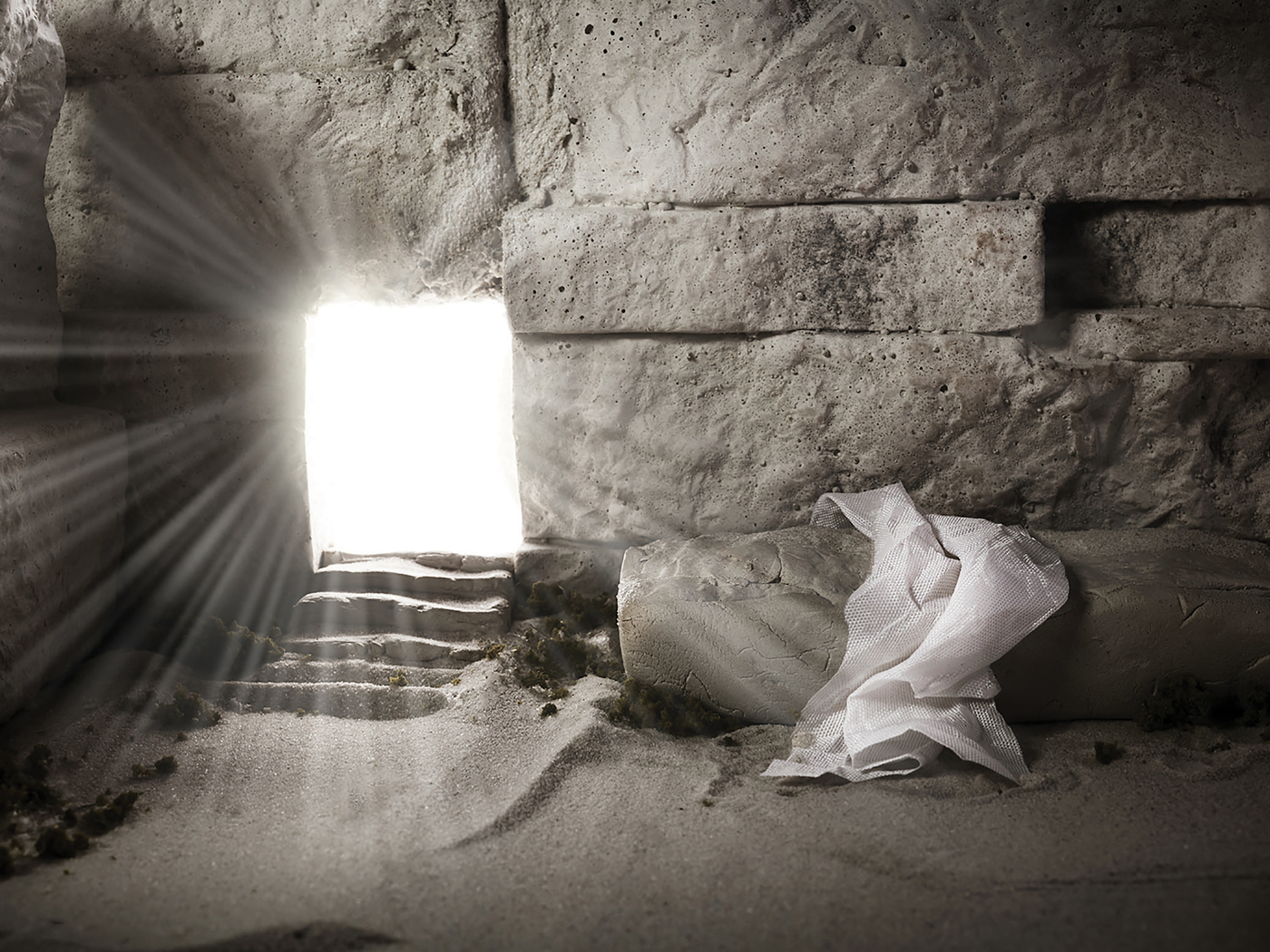Does the Bible contain errors in math? If it does, this calls into question its moral and spiritual authority. Much is at stake. Let's carefully examine one of the most frequent charges of error.
When describing Solomon's Temple and its fixtures, Scripture tells of a great basin cast of molten brass "ten cubits from the one brim to the other: it was round all about, . . . and a line of thirty cubits did compass it round about" (I Kings 7:23).
The circumference, c, of a circle is related to its diameter, d, by the ratio "pi" or "P" according to the equation c = Pd. Mathematical derivatives have calculated the precise value of P to many decimal places, but for most applications the approximation 3.14 is sufficient.
Inserting the value of circumference and diameter given by Scripture into the equation yields a value of P to be 3, and it is this apparent error which gives Bible detractors such glee.
Construction techniques in those days were surprisingly advanced. We can assume that their mathematics was precise and measurements handled with care. Notice that the basin "was an hand breadth thick, and the brim thereof was wrought like the brim of a cup, with flowers of lilies" (v.26). A "hand breadth" is an inexact distance of about four inches, but sufficient for this general description. The whole basin flared out at the top, much like a lily. So, exactly what do the dimensions given really represent?
The diameter of the basin would be the inside diameter, measured from side to side. But the circumference would be measured by placing a cord around the outside, then measuring the length of the cord. Furthermore, at what elevation along the tapered basin was the measurement taken? Obviously, these are not intended to be precise, but to give the overall impression of great size and beauty.
Engineers have adopted a technique to insure that reported measurements are properly understood. To do this they use the convention called "significant figures." The number 10 is quite different from the number 10.0 or 10.00 in the precision it implies. To an engineer the number 10 can actually mean anything between 9.5 and 10.5. Likewise, the number 30 can actually mean anything between 29.5 and 30.5.
While the number P is accurate to many decimal places, the other two numbers do not have this precision. When one precise number is multiplied by an imprecise number, the product should be reported with no more precision than the least precise factor. Multiplying the diameter, 10 (i.e., 9.5 to 10.5) by P, is properly understood as implying a circumference somewhere between 29.8 and 33.0.
When constructing an object for which extremely high precision is needed (e.g., the space shuttle), numbers are designed, reported, and fabricated to several decimal places, but to expect such precision in a lay description of this huge basin cast from molten brass is not only improper, it shows lack of understanding of basic engineering concepts. Properly understood, the Bible is not only correct, it foreshadows modern engineering truth.






















